Inspiration
Can Porcelain Flooring Be Changed Without Construction Work? | Doubt Resolved
The world of renovation has evolved drastically in recent years in search of greater comfort and fluidity.
Changing flooring without construction work was unthinkable a few decades ago, but today it is possible to put one floor on top of another and avoid the problems that come with replacing flooring.
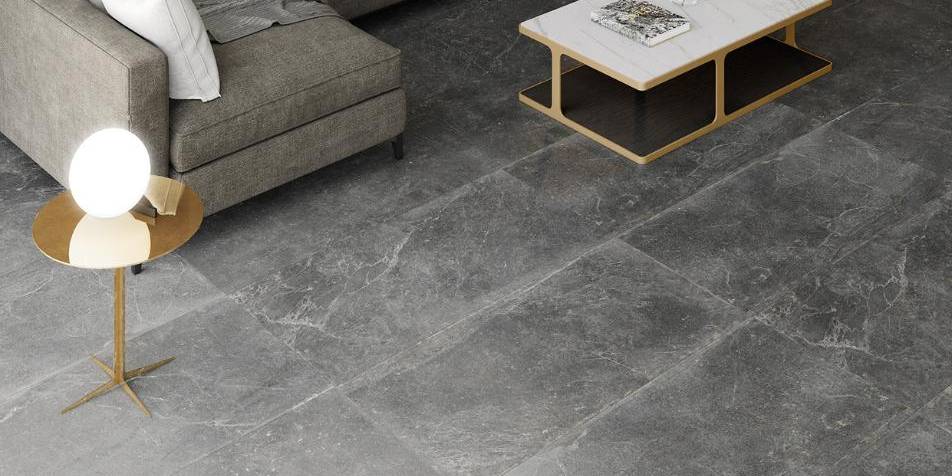
Bleuemix Black Soft | Keraben
Porcelain flooring is one of the preferred materials of architects around the world due to its robustness, resistance to humidity and shock, and also the immense aesthetic variety that it offers.
Another of its advantages is that it can be installed with or without removing the existing flooring, since one floor can be placed on top of another.
3 things you should know before installation
The porcelain material can be installed on any type of surface, including wood, cement or terrazzo floors. However, there are a few details that you should take into account before starting:
1. First, you must know that the old floor must be correctly leveled. If there is any deviation from flatness, it cannot exceed 3mm.
2. In addition, the old tiles have to be well-installed and fully fixed. If there is any tile that is loose or hollow, you must remove it and fix it well before installing the new porcelain.
3. Finally, remember that installing flooring is a job that requires skill and knowledge. Therefore, if you want a good result, you must follow these tips to the letter.
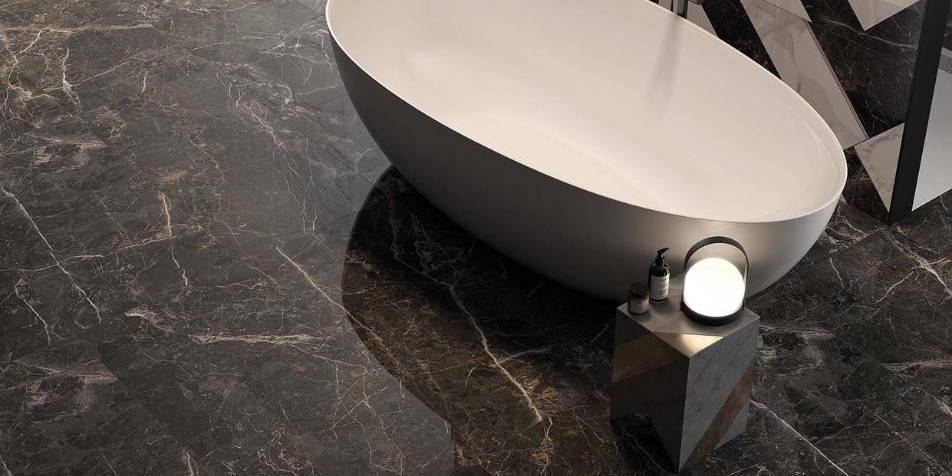 Mystic Saint Laurent Noir | Íbero
Mystic Saint Laurent Noir | Íbero
Pros and cons of installing one floor on top of another
The advantages of installing one floor on top of another are the following:
- You do not have to complete a construction project. As a consequence, it is a cleaner way to change the flooring.
- It is faster than removing all the old flooring to install the new one.
However, we should mention the following drawbacks:
- To ensure the installation is optimal, you must pay close attention to the state of the previous floor.
- You may have to make some adjustments to the doors to accommodate the height of the new floor.
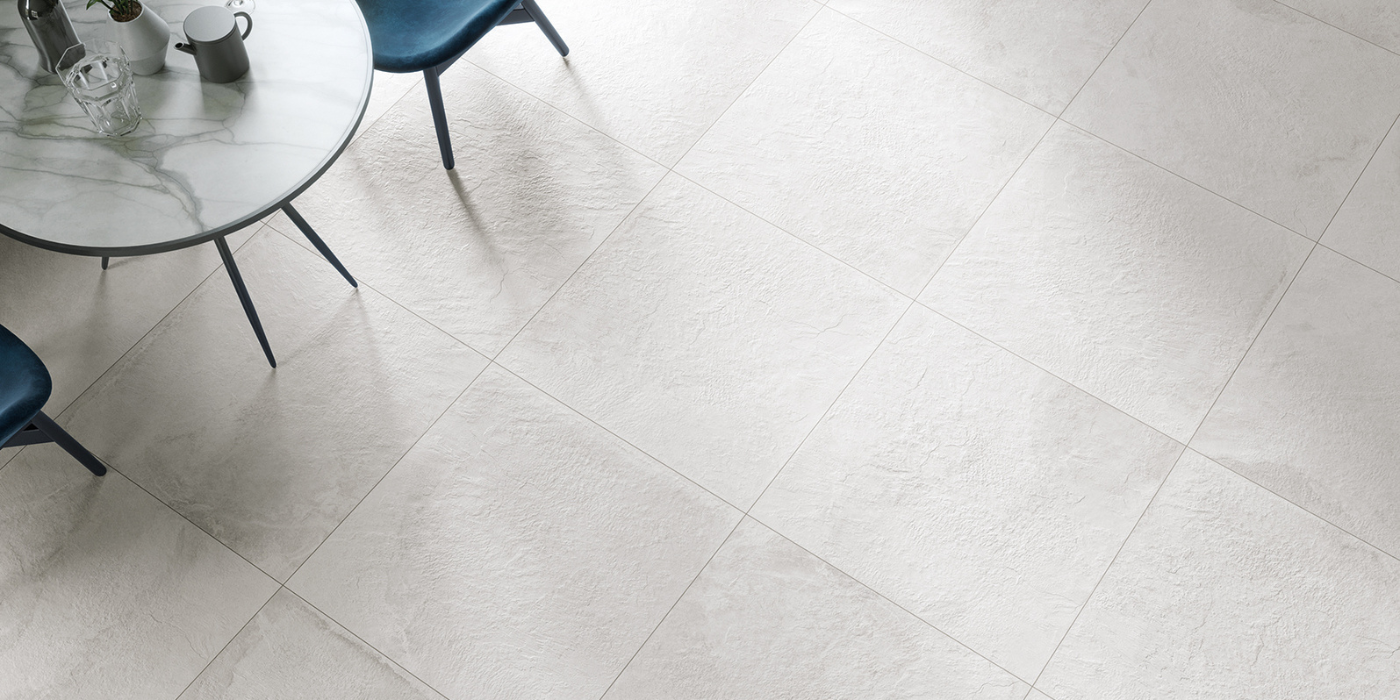 Iconic Avorio | Metropol
Iconic Avorio | Metropol
Tools needed to install porcelain flooring
The tools necessary to install a porcelain floor on a previous floor are the following:
- A level to check the condition of the existing floor.
- A cutter or scissors.
- A diamond cutter for ceramics.
- The right adhesive mortar to install the porcelain flooring.
- A notched trowel to apply the glue cement.
- A rubber hammer to grind the porcelain when installing each piece.
- A soft spatula to apply the grout.
- A bucket to clean the grouting sponge.
- An applicator gun for flexible grouting.
Steps to install flooring without construction work
Once you have gathered all the materials, you can start following these steps to install the new floor on top of the old one:
- Check the condition of the floor.
Check the condition of the floor. Check that it is well leveled and that no unevenness between tiles exceeds 3 millimeters.
- Clean very well.
Before beginning to install the new floor, you have to clean any debris or material that is on the old flooring very well. Use the vacuum, clean well with a spatula if necessary and scrub.
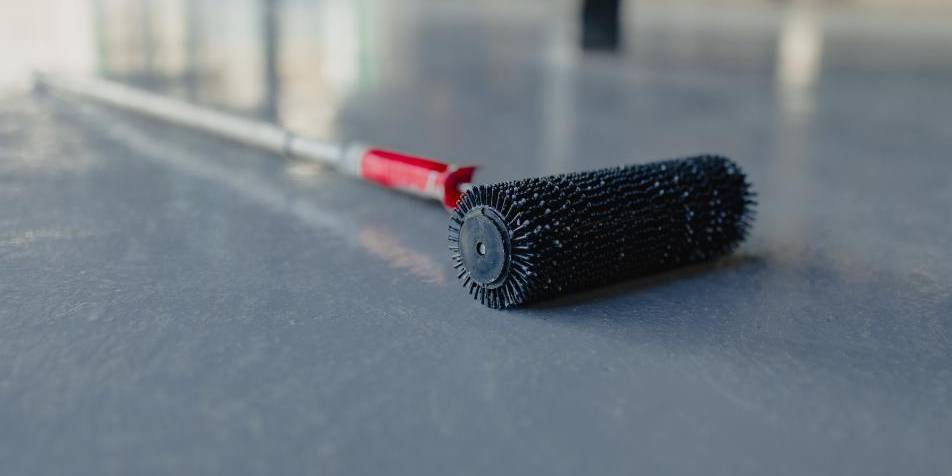
- Spread the glue and smooth it.
Starting at one end of the room, spread the glue over the area you will be working on next and use the metal trowel to smooth the surface of the glue.
- Lay the tiles.
Start laying tiles against the wall. After placing each one, use a rubber hammer and level to make sure it is in the correct position.
If you lay a thread completely level from one side of the room to the other, you can guide yourself with it to make sure the installation is being done correctly.
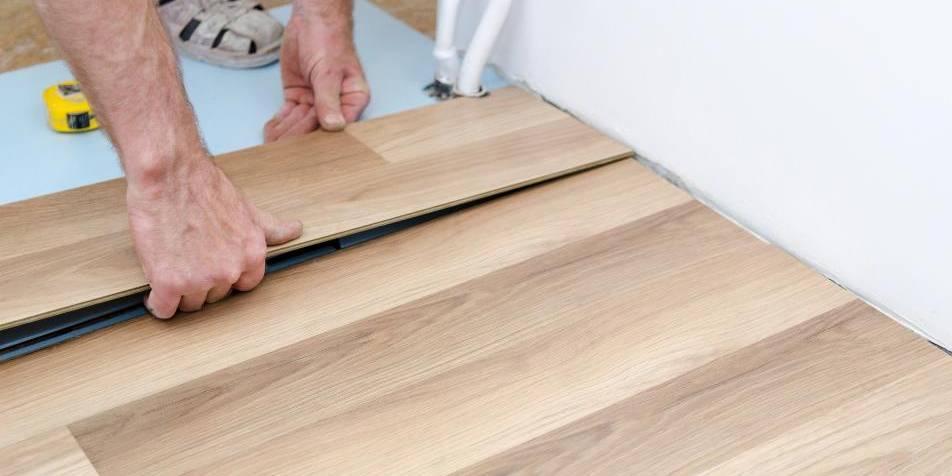
- Grouting
If you have chosen rectified porcelain tiles, this step will be very easy, because the joints are almost non-existent. Even so, you must leave the joint at the size indicated by the manufacturer so that when you apply the grout, it fits well into the hole and acts as an interface between pieces.
After applying the grouting product, you can use a damp sponge to remove the excess.
To finish, you simply need to install the skirting board and apply a joint flashing paste, if necessary, so that the floor will be completely smooth.
You must finish the installation by cleaning thoroughly, using the cleaning products indicated for this final cleaning. Otherwise, the ceramic product’s true appearance will not be visible.
Do not forget that the perimeter joint must allow the very slight movements of the ceramic product in the event of changes in temperature and settling. To do this, you must respect the size of the perimeter joint indicated in the UNE 138002 standard, and grout with elastic material. This joint will be hidden under the skirting board.
Tip for installing ceramic on natural wood
If the previous floor is natural wood, roughen the surface well to produce a better grip. An easy way to do this is to sand the hardwood floor with 80-grit sandpaper. Then, you can follow the steps that we have indicated in the previous point.
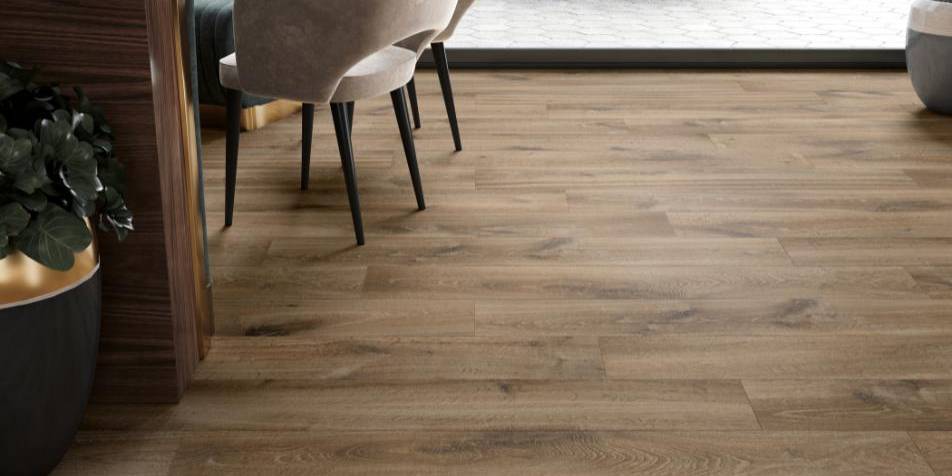 Woodfeel Siena | Metropol
Woodfeel Siena | Metropol
Tips for installing ceramic flooring on terrazzo
To install porcelain stoneware on a terrazzo floor, you must ensure that the dimensional stability of the terrazzo floor is adequate. Next, you must bear in mind that, if there are movement or partition joints, the new flooring must respect them.
To adapt the texture and for a better grip, the terrazzo should be polished to give it roughness. Another way to achieve the same effect is by applying a special primer to improve attachment.
Tips for installing ceramic flooring on another piece of ceramic
The first thing you should do with old tiles to install new porcelain tiles is to roughen the surface very well. Sand the tiles and use a thin layer of adhesive when installing the new porcelain flooring. Also, if the size of the tiles is the same, you should follow the same pattern of joints to provide stability to the new flooring.
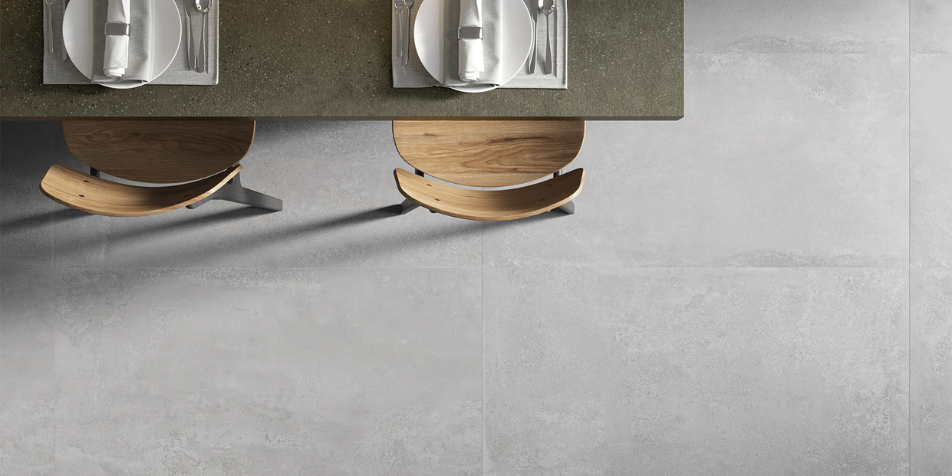 Chrome Gris | Metropol
Chrome Gris | Metropol
Frequently asked questions about installing one floor on top of another
1. What thickness of glue cement to use for porcelain stoneware?
The thickness of adhesive cement recommended for porcelain stoneware is 5 millimeters, although it can be slightly less. But never below 3 millimeters.
2. Do we have to lower the frames and doors?
The frames, doors and joint covers may need to be lowered to accommodate the height of the new pavement. To do this, you can use a sander or a woodcutter.
3. Even if I change the floor without construction work, do I have to remove the skirting boards?
Changing the skirting boards for new ones installed at the height of the new pavement is the best option. Also, remember that they will allow you to hide the perimeter expansion joint.







